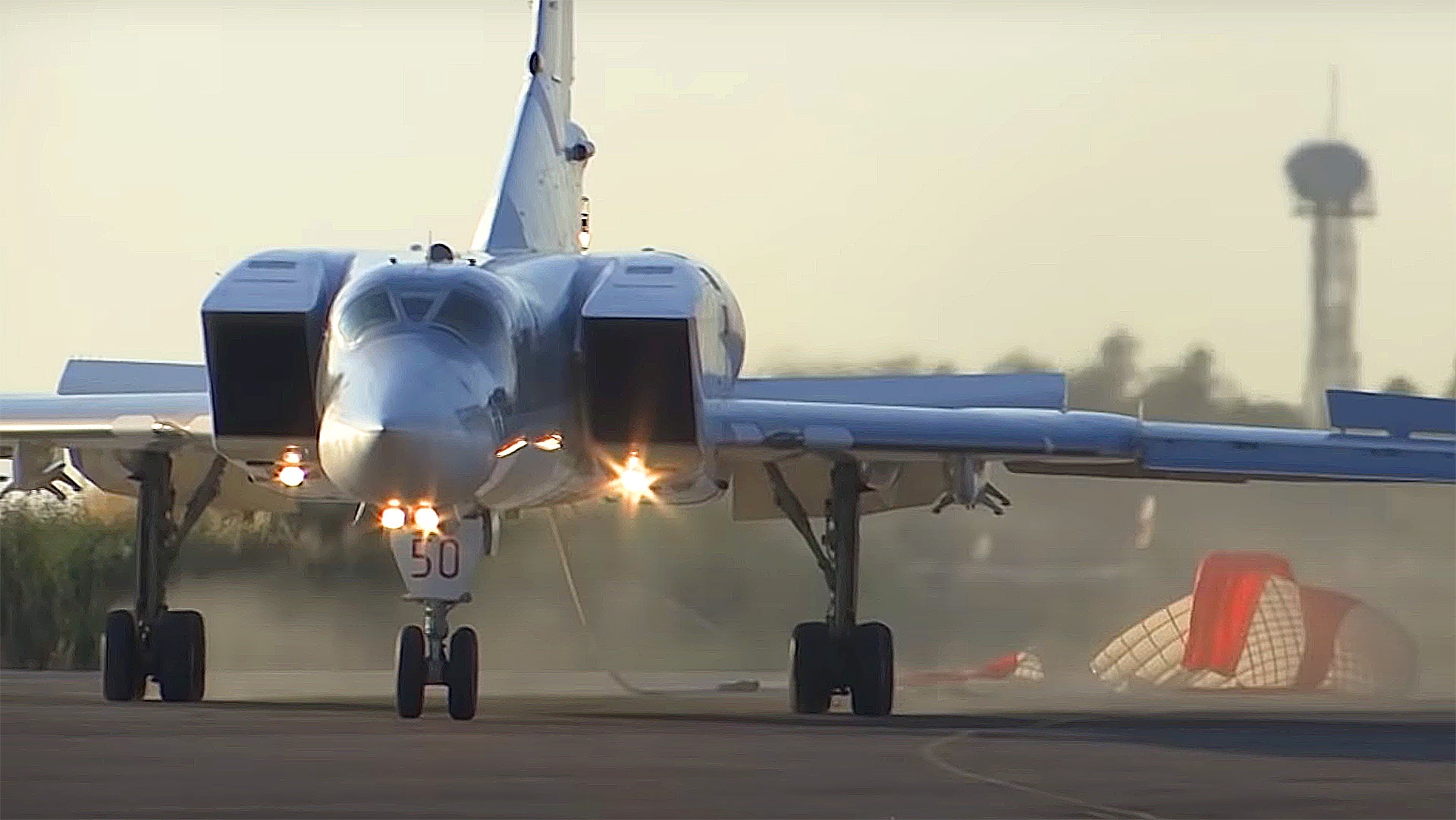Russia has officially confirmed that Tu-22M3 Backfire-C bombers are now at Khmeimim airbase in Syria, as we reported yesterday. The Russian Ministry of Defense has also now stated that they will operate in a maritime role over the Mediterranean Sea, reflecting Russia’s expanding reach in the region and suggesting a return to the kinds of missions that Soviet bombers flew in the Cold War, when they kept track of NATO warships operating in the area.
We now know that three Tu-22M3s touched down at Khmeimim yesterday, making use of the extended second runway at the base, which has been resurfaced and outfitted with new lighting and communications equipment. The base, as The War Zone predicted earlier this year, is now better able to support operations by all three of Russia’s bombers — the others being the Tu-95MS and Tu-160 — as well as heavy transport and maritime patrol aircraft.
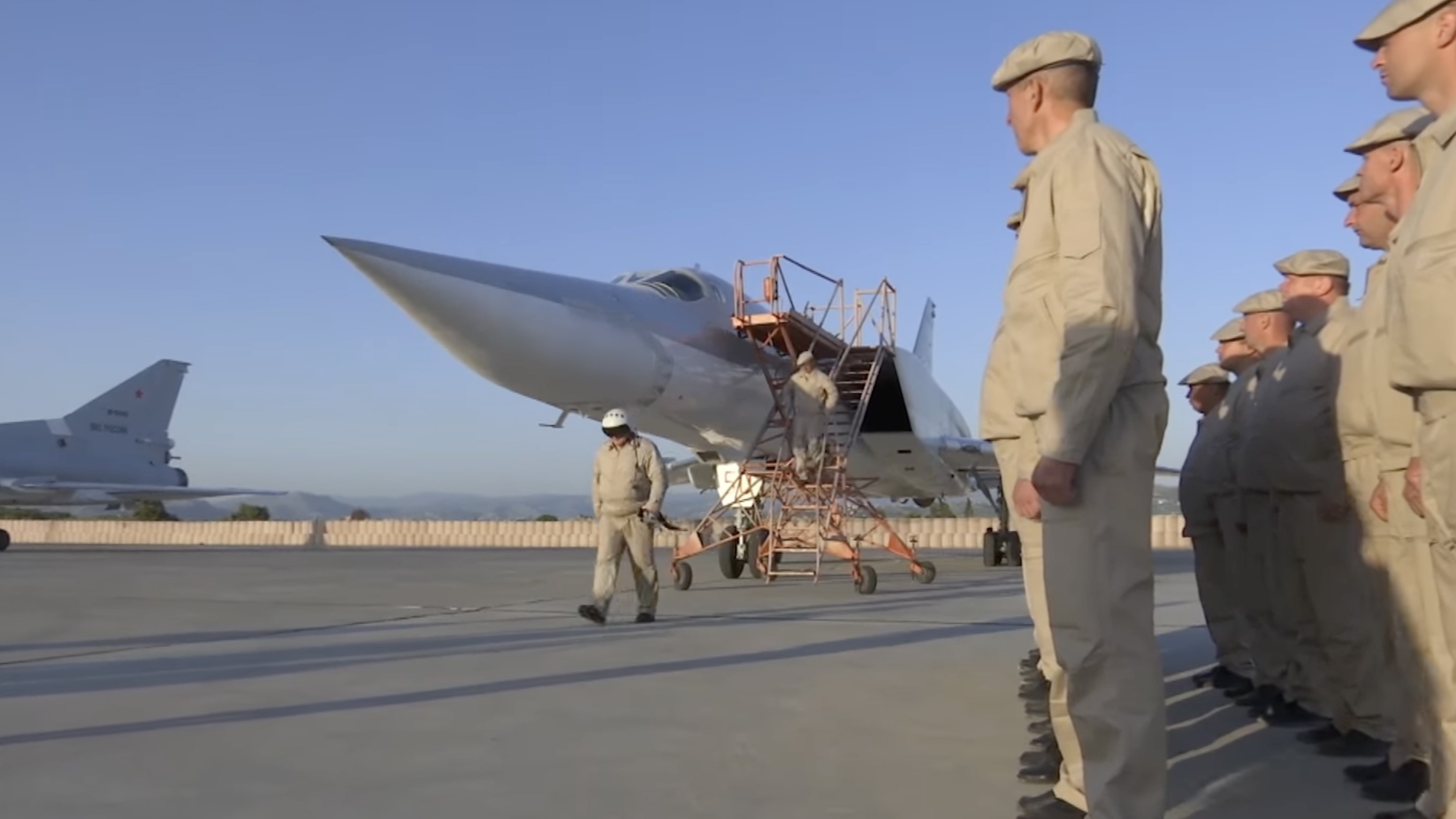
“Crews of the long-range bombers will acquire practical skills in practicing training tasks in new geographic areas during flights in the airspace over the Mediterranean Sea,” a statement from the Russian Ministry of Defense declared, although there were no details about the duration of the deployment or whether the Tu-22M3 will become a more regular visitor to the Syrian base.

“After completing training tasks for the development of airspace in the maritime zone of the Mediterranean Sea, the long-range bombers will return to permanent airfields on the territory of the Russian Federation,” the statement adds. According to independent defense analyst Guy Plopsky, the individual bombers have been drawn from Russian Aerospace Forces, or VKS, bases at Shaykovka, in western Russia, and Belaya, in the Russian Far East.
Clearly, positioning even a handful of long-range bombers at Khmeimim provides Russia with a significant force-projection capability around the Mediterranean and not just in Syria, where these bombers have been used in combat in the past. Based on the unrefueled range of a typical, armed Tu-22M3, targets within the Black Sea are also within reach, as is Libya, where Russia is also involved in an ongoing civil war, and the basing provides added reach across northeastern Africa and the Middle East, as well.
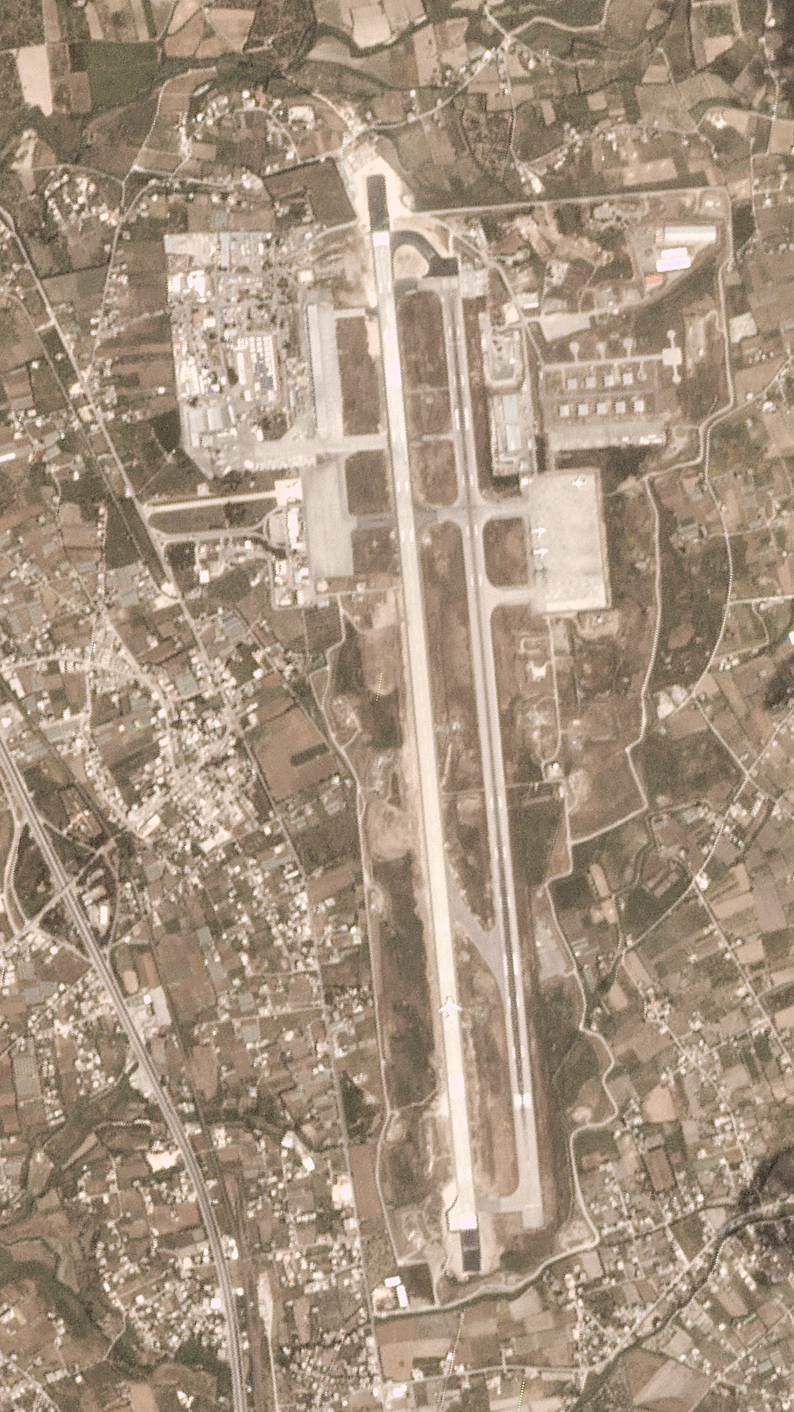
As well as being embroiled in the Libyan crisis, Russia has also been looking to expand its activities, and physical presence, elsewhere in Africa, especially. That has included plans to establish a Russian naval logistics and support base in Sudan in the east of the continent. More recently this effort was reportedly suspended, although Moscow has disputed this.
Notably, the three bombers at Khmeimim are not capable of inflight refueling, which would be of tremendous utility when operating in this theater. However, the refueling probe, deleted from the Backfire under the START I (Strategic Arms Reduction Treaty) regulations, is reportedly now being reinstated in the wide-ranging Tu-22M3M upgrade.
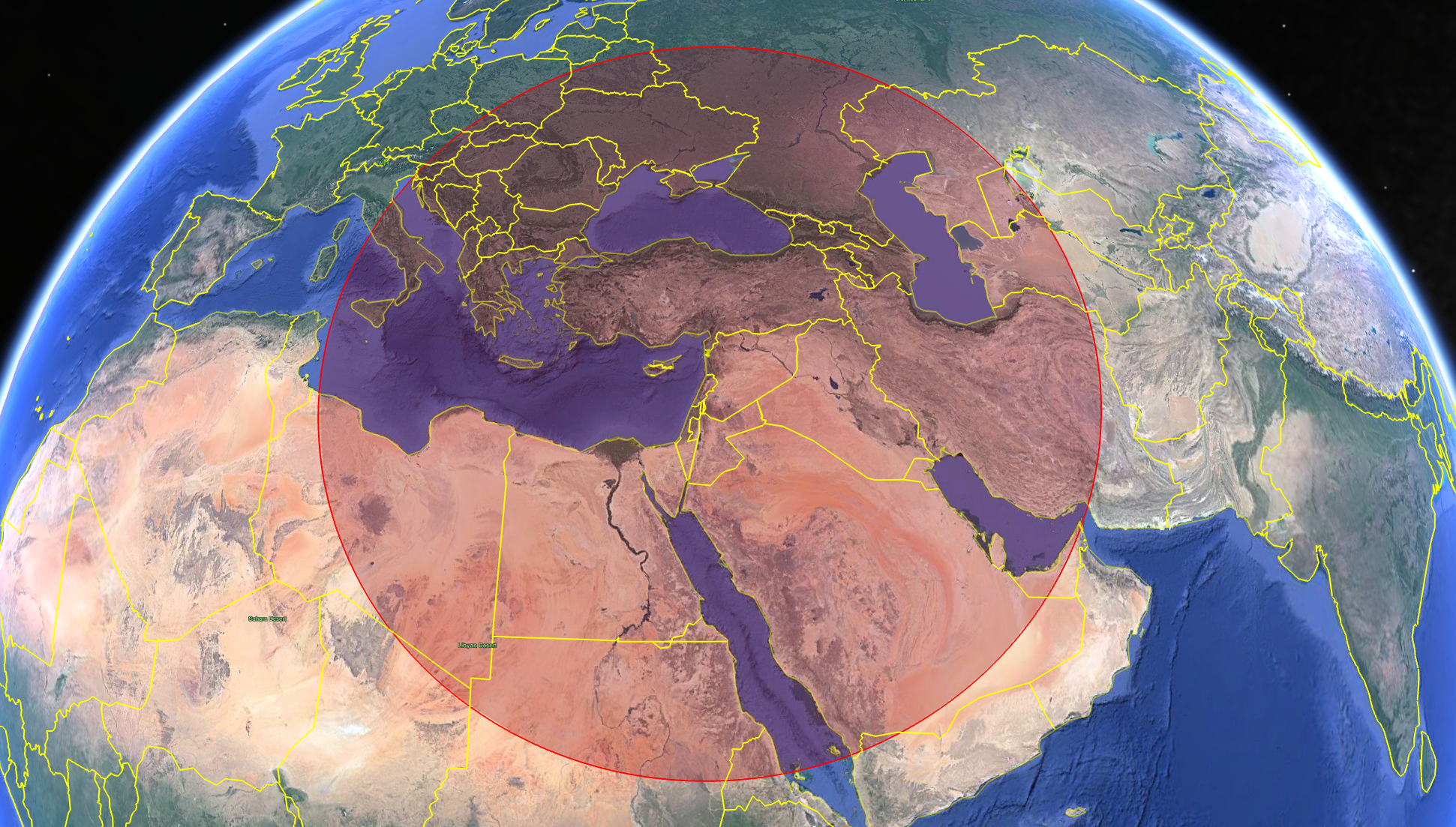
Even so, the confirmation of a primary maritime tasking is also significant, as it provides Russia with additional offensive capabilities against NATO surface vessels in the region, as well as ports, airbases, and other coastal infrastructure.
A tweet showing a purported flight track of a Tu-22M3, said to be conducting its first training mission from Khmeimim, on May 25:
During the Cold War, approximately half of the Backfire fleet was assigned to Soviet Naval Aviation, but since 2011 all surviving aircraft have been operated by the Russian Air Force, today known as the VKS.
The switch to maritime training in the Mediterranean suggests that the VKS is now working to reinstate at least something of this Cold War-era capability. In many ways, the Tu-22M3 is better suited to anti-shipping strike and other offensive maritime missions than aerial bombing sorties over land. As we have discussed before, its weapons options against ground targets are limited to unguided ordnance, albeit some aircraft being upgraded with the SVP-24-22 navigation/attack system that improves accuracy when using ‘dumb’ bombs.
In its maritime role, the primary weapon of the Tu-22M3 was traditionally the Kh-22 standoff missile, known in the West as the AS-4 Kitchen. This is a huge, delta-winged weapon now carried exclusively by the Backfire. The first of these missiles were completed as long ago as 1962. The 38-foot Kh-22 is powered by a liquid-fuel rocket that propels it to a speed of over Mach 4 for the terminal run-in to the target.
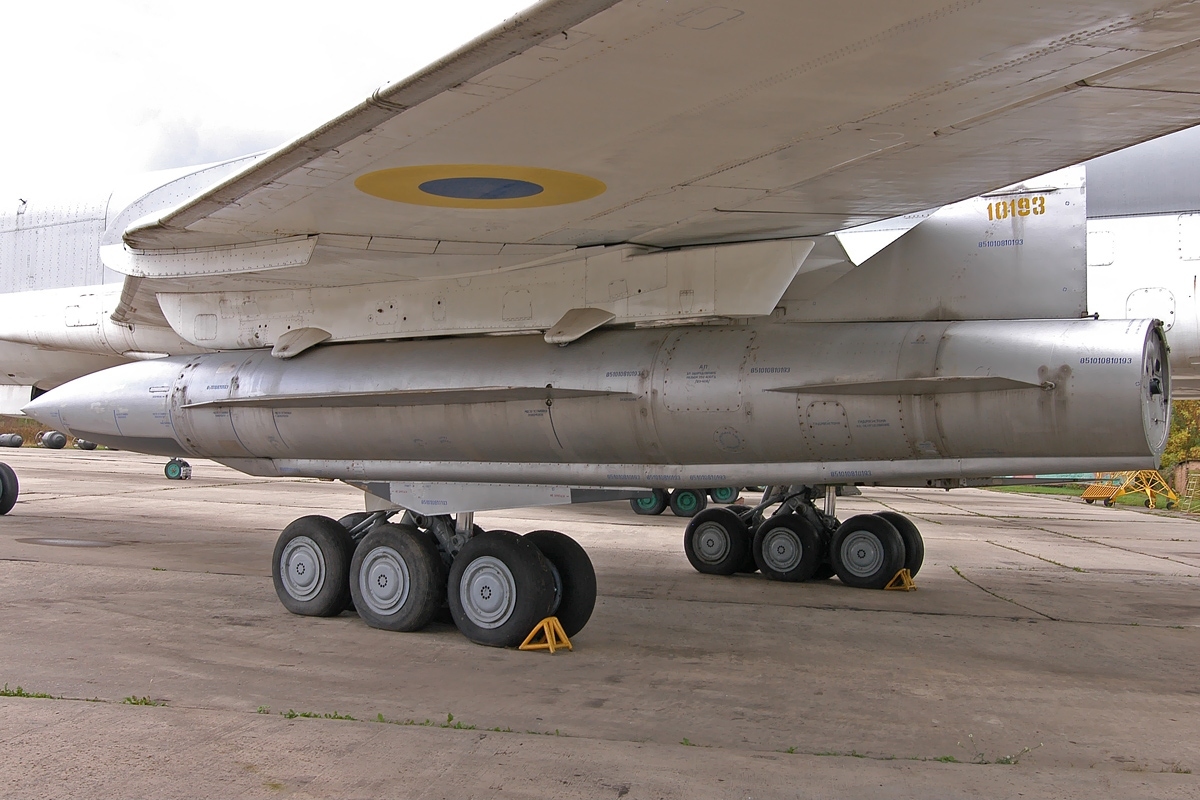
The Kh-22 is available with an active radar seeker for attacking warships. There is also a version that combines radar with Doppler navigation that is used to attack stationary targets on land, such as airfields or harbors. The missiles carries either a nuclear warhead or an optional high-explosive charge, the conventional version being limited to the anti-ship version. Each weapon weighs around 12,000 pounds and the Tu-22M3 normally carries one or two, although three can theoretically be fitted. Maximum range after launch from high altitude is over 300 miles, reduced to around 200 miles when launched from lower altitude.
The successor to the Kh-22, again only available to the Tu-22M3, is the Kh-32, which appears outwardly similar to the earlier missile. This weapon has improvements to the motor, control system, and a different flight profile, providing a range of over 500 miles. Some reports suggest this missile is available only as an anti-ship weapon. Work to introduce the Kh-32 to the Tu-22M3 has been ongoing for some time now, with the bombers gradually being equipped to utilize the new weapons.
The anti-ship mission could well take on an additional resonance if the bombers are still stationed at Khmeimim when the Royal Navy’s Carrier Strike Group 21 (CSG21) maritime task force arrives in the Mediterranean as planned. The centerpiece of this is the aircraft carrier HMS Queen Elizabeth, making its first operational deployment. The carrier sailed from its homeport on May 22 and its embarked F-35B stealth fighters are slated to conduct combat operations over the Middle East. The presence of supersonic-capable Russian bombers, armed with powerful anti-ship missiles, could alter limited aspects of that deployment.
The latest Backfire mission continues Moscow’s pattern of stationing long-range bombers at airfields outside Russia, with previous deployments to Venezuela and South Africa, albeit both on a short-term basis. The move is a significant development for Russia geopolitically, as well as underscoring why Moscow has spent so much effort propping up the Syrian dictator Bashar Al Assad. However the Tu-22M3s are ultimately used from their Syrian staging post, the deployment provides evidence that Russia is keen to once again wield long-range airpower in the Mediterranean region and potentially provide another means of holding NATO targets in Europe at risk.
Contact the author: thomas@thedrive.com
